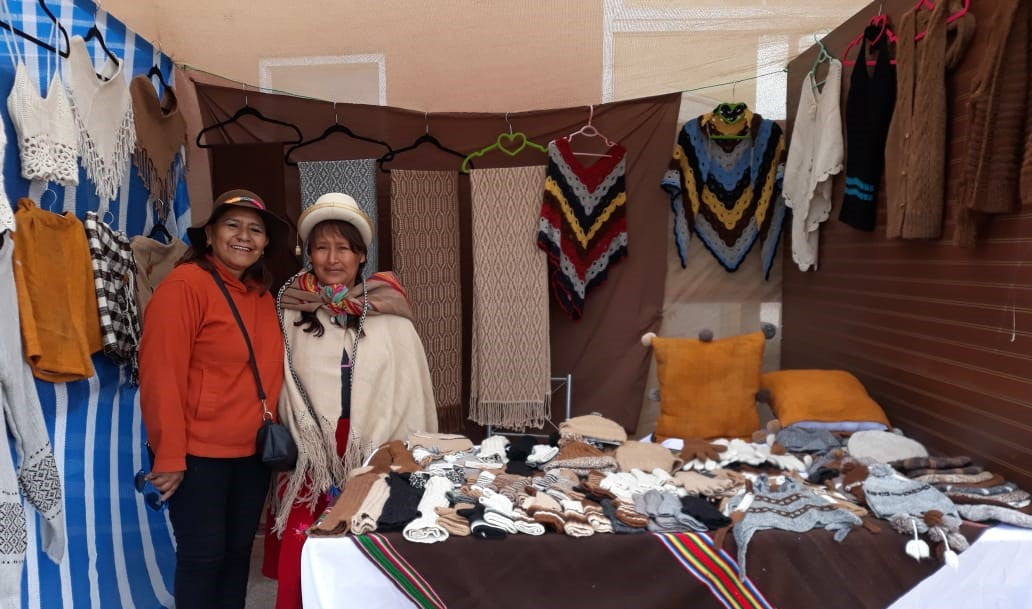Aymaras
With more than 3 million people living in Peru, Bolivia and Chile, the Aymaras are one of the most important ethnic groups in South America today. Endowed with a strong ethnic cohesion, which is underpinned by the use of their own language and social organization, the Aymaras have survived centuries of economic exploitation and forced acculturation and have successfully adapted to the most diverse political contexts.
The first Aymara-speaking peoples settled in the vicinity of Lake Titikaka and the southern highlands in the 12th century after the destruction of the great ceremonial center of Tiwanaku. A century later they formed the lordships and ethnic confederations who, based on the highlands, colonized the valleys east and west of the Andes and thus gained access to various ecological levels. In the middle of the 15th century, the Incas conquered the plateaus and subjugated the Aymara lordships.
The Spanish conquest carried out by Francisco de Pizarro in 1532 triggered a period of profound changes for the Aymara society. The natives were distributed in "encomiendas" while the new diseases that were brought in from the west devastated the indigenous population. The colonial system reached its maturity with the reforms introduced by Viceroy Francisco de Toledo in the 1570s. He ordered the reduction of the aboriginal population in the cities, the surrender of the encomiendas to the Spanish crown and the annual posting of workers to the silver mines of Potosí. Likewise, in the same decade, the first missions were installed in the Aymara area, which launched an active campaign to eradicate idolatry. On the Tarapacá Plateau, you can still see hundreds of churches built during the colonial era, some of which are true architectural onesJewels are.
During the 19th century, the Aymara population was divided into three different countries. The new national borders established after the Pacific War severed the historical ties between the Aymara in Tarapacá and those of the rest of the Altiplano. This prevented access to the various ecological soils that are characteristic of the territorial organization of Aymara.
At the beginning of the 20th century, the Chilean authorities started an intensive campaign to Chilean the Aymara population in Tarapacá through public education and military service, which was intensified by increasing migration to the cities, which would have profound social consequences . Due to the impoverishment of the inland Aymara communities and the boom following the creation of the Arica Free Port, the process became massive in the mid-20th century
The Aymara who immigrated to the coastal cities of Tarapacá created complex networks for exchange with their rural relatives and at the same time made use of the opportunities that arose from the economic integration with Peru and Bolivia in the nineties. The predominantly urban Aymara population of today has managed to restore their own identity in a difficult transition to modernity.







